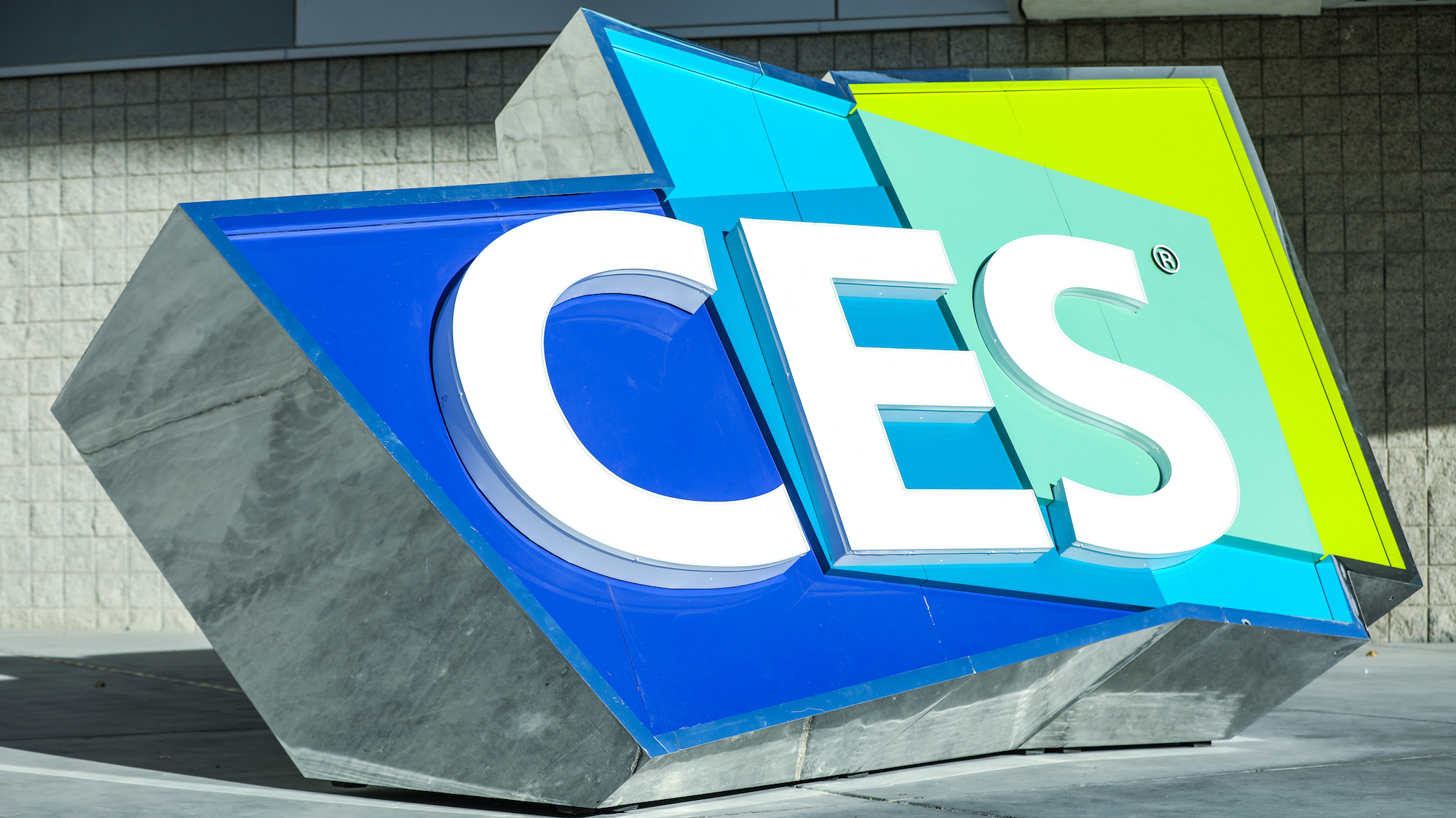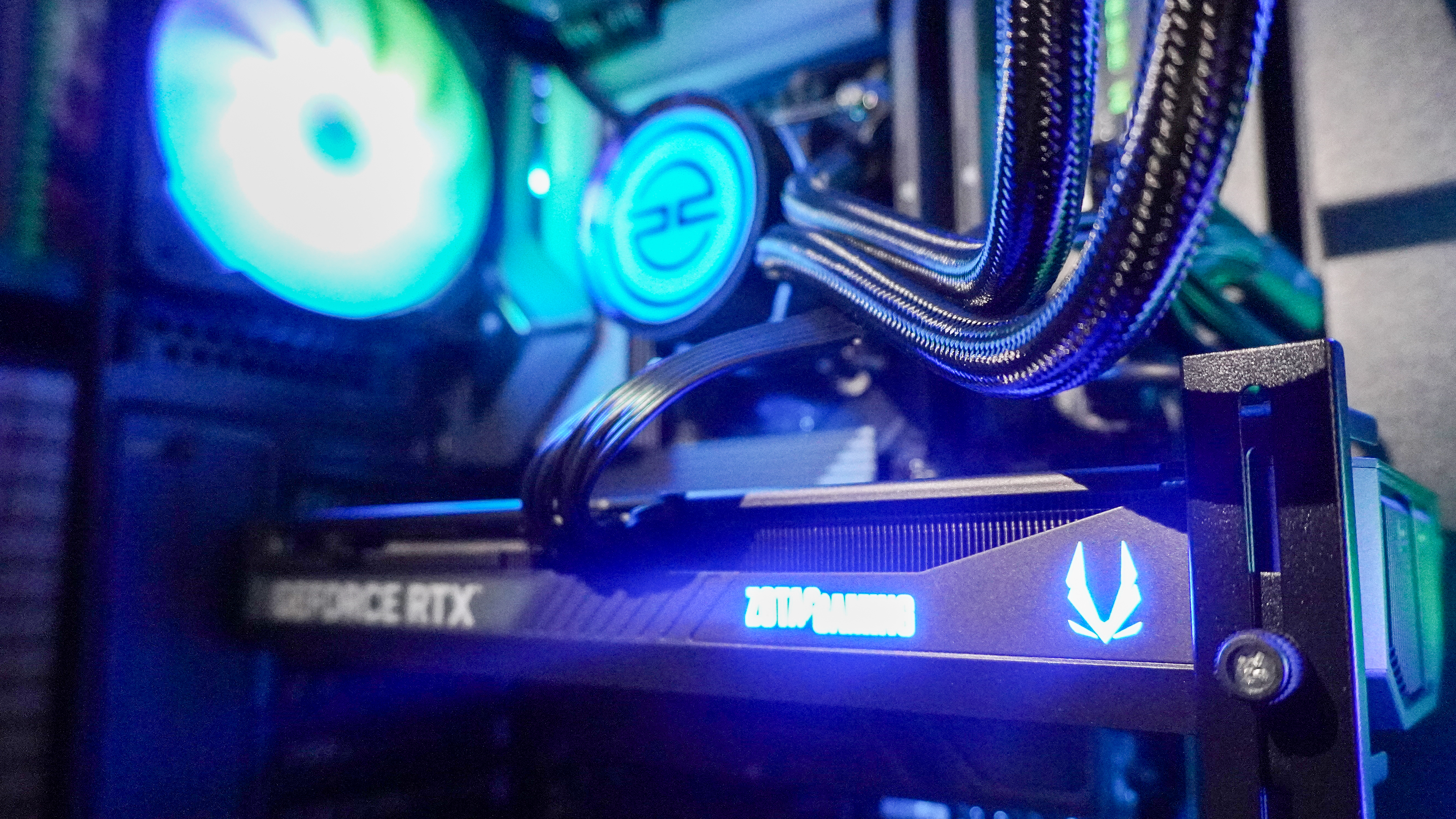CES 2021 preview: 5 biggest trends to watch
Here's what to look for at CES 2021

This year’s CES 2021 is going to be unlike every other one in its 50-plus years of existence. That’s because, rather than hundreds of thousands of people descending on Las Vegas for a week of conferences and meetings, they’ll all be watching from their homes around the world.
Still, Covid or no, the pace of technological advancement continues. From devices that will help detect and help prevent illness to micro-LED TVs you can afford — and fit in your home —to voice assistants, we expect to see more than a couple new innovations at CES 2021. We talked to a few analysts to see what they expect to see at CES 2021, and what trends will have an impact on the year to come.
- The best TVs you can buy now
- Most anticipated phones of the year
- Just in: LG unveiling bendable OLED display at CES 2021
Personal health takes over in a Covid world
The global pandemic affected a number of tech sectors, rapidly accelerating the adoption of at-home gym equipment, networking technology (think mesh routers), voice-enabled door locks, and more. And just because there’s a vaccine doesn’t mean that’s going to change any time soon.
“People aren’t suddenly going to get rid of their Peloton once the crisis is over,” said Koenig. “These things are going to stick around because they’re super convenient.”
Other types of smart home devices that relate to environmental health should also be trending at CES and through the rest of 2021. Smart air purifiers, water filtration systems and UV disinfecting lights will be in abundance, as companies look to fill demand. “People are paying a lot more attention to their personal health and wellness, and the health and wellness environment of their home,” Koenig said.
Carolina Milanesi, a tech analyst for Creative Strategies, agrees, and said that we should also see more wearables beyond watches and ones that more actively monitor a person’s health over time. Both she and Koenig pointed to devices such as the Oura ring, which came out last year, and measures a person’s heart rate, sleep, temperature, and more. It was given to NBA players last year to help monitor them for signs of Covid.
While these devices won’t necessarily need FDA approval, “they’ll tell you more than the average fitness tracking device,” Milanesi said. “More wear-it-all-the-time, collect-the-data kinds of devices.”
Sign up to get the BEST of Tom's Guide direct to your inbox.
Get instant access to breaking news, the hottest reviews, great deals and helpful tips.
She also predicts a proliferation of masks of all kinds. “LG that had a prototype a few months ago called the smart mask [the PuriCare Wearable Air Purifier] which was more for pollution than Covid, but I’m sure we’re going to see a bit of those — helmets and things like that that purify the air.”
In keeping with the emphasis on home hygienics, you can also expect to see an emphasis on home appliances and fixtures that you don’t need to touch to use. This can range from faucets that respond to a hand wave to larger appliances, such as ranges and refrigerators, that can be controlled using Alexa or Google Assistant. While this isn’t particularly new for 2021, there will be much more of this integration.
Voice assistants move into wearables (and beyond)
Some of the biggest innovations in 2021 will be artificial intelligence, which will manifest themselves to consumers through voice assistants such as Google Assistant and Alexa.
And, we’ll see these assistants show up in places other than phones and smart home devices. Expect to see more smart wearables like the Amazon Loop ring and Amazon Frames, which provide a direct link to Alexa without you having to pull your phone out of your pocket.
“They’ve really become a sidecar to our digital lives,” Steve Koenig, the VP of research for the Consumer Technology Association, said.
He added that assistants have gained traction both out of convenience and necessity. “We’re generating so much data and we can’t deal with it all,” Koenig said. “The AIs can help us with this, and speed is something consumers endorse.”
The utility of AI has manifested itself in things as complex as managing warehouses and as mundane as adding items to a shopping list. “This is what I describe as the ‘intelligence of things’,” Keonig said. “We're adding AI to everything. That’s not just true in consumer tech but across the broader economy.”
5G grows up
Along with AI, 5G is “going to go into and power everything we’re doing this decade,” said Koenig. “5G is going to underpin the entire economy. It’s going to create a lot of jobs that will be directly attributable to it,” he said.
Koenig pointed to an IHS Markit 2020 5G Economy Study commissioned by Qualcomm that forecasts that there will be 22.8 million 5G-related jobs and $13.1 trillion in global sales enablement by 2035.
While the rollout of 5G networks from Verizon, T-Mobile, and AT&T will continue apace, the proliferation of 5G networks for industrial applications — especially MMWave 5G networks — will ultimately have a greater impact on the economy as a whole. As 5G-enabled warehouses, agriculture equipment, drones, and self-driving cars come online
“We’re at that point where we’re beginning to push beyond just enhanced mobile broadband for consumers,” Koenig said.
Still, those going to pick up their next phone will find 5G in more than just flagship devices. Late last year, Google launched the $499 Pixel 4a 5G, and Samsung announced the Galaxy A22 5G, which should cost around $200 when it becomes available in the second half of 2021.
TVs: Micro LED, 8K and more
The biggest three steps forward for TVs in 2021 are likely to be the proliferation of more 8K sets, more OLED panels, and, has always been the case, ever-larger TVs. Mini- and micro-LED panels also look to finally challenge the supremacy of OLED with display technology that can rival its color reproduction, but deliver a brighter overall picture at a more affordable price. 8K TVs, while still relatively rare, are also dropping in price to where they’re almost affordable.
Aside from bigger and brighter screens, we could also see TVs being used more for more than just watching movies. “I would expect people talking about doing video calls over your TV, how people get together, that more social aspect of video calling with a TV,” Milanesi said.
While companies have flirted with set-top cameras for consumers in the past, devices such as the Facebook Portal TV could gain more traction as an easier way to communicate with family and friends from the safety of your home.
For a deeper dive into TVs, including what we expect to see from individual manufacturers, be sure to check out our CES 2021 TV preview.
Robots get more practical
Robots have taken on increased importance as ways to both automate processes and maintain social distancing. In hospitals, robots are being used to take patients’ temperatures and vital signs as they come in and triage them accordingly, as well as disinfect rooms using UV lights.
Koenig also pointed to something in his own town. “Where I live in Fairfax City, VA, we have these robots [Starship technologies] and we can order from a number of area restaurants and they deliver the food,” he said. “You can track this thing as it’s motoring down the sidewalk. I don’t have to deal with anybody, I don’t have to tip a driver, so I can just order it and the robot shows up. I go out, punch the button on the app, the lid opens and there’s my food — soup’s on.”
CES 2021 outlook
The biggest challenge for CES 2021 will be for smaller companies trying to stand out. Because the show is all virtual, they won’t be able to rely on the kismet of people walking by their booth and spotting something interesting. Exhibitors in the Sands, International Pavilion and Eureka Park will definitely have a more difficult time getting attention when all the foot traffic is virtual.
Stay tuned to Tom’s Guide for all our CES 2021 coverage.

Michael A. Prospero is the U.S. Editor-in-Chief for Tom’s Guide. He oversees all evergreen content and oversees the Homes, Smart Home, and Fitness/Wearables categories for the site. In his spare time, he also tests out the latest drones, electric scooters, and smart home gadgets, such as video doorbells. Before his tenure at Tom's Guide, he was the Reviews Editor for Laptop Magazine, a reporter at Fast Company, the Times of Trenton, and, many eons back, an intern at George magazine. He received his undergraduate degree from Boston College, where he worked on the campus newspaper The Heights, and then attended the Columbia University school of Journalism. When he’s not testing out the latest running watch, electric scooter, or skiing or training for a marathon, he’s probably using the latest sous vide machine, smoker, or pizza oven, to the delight — or chagrin — of his family.
